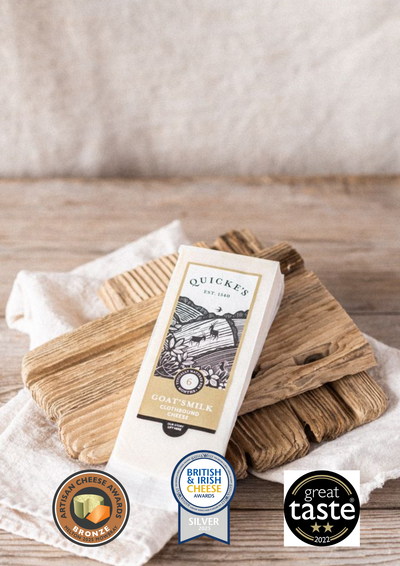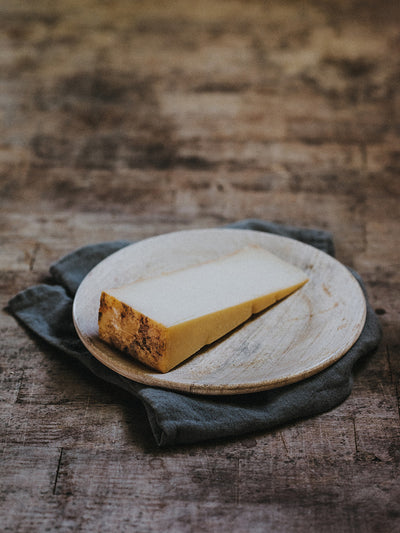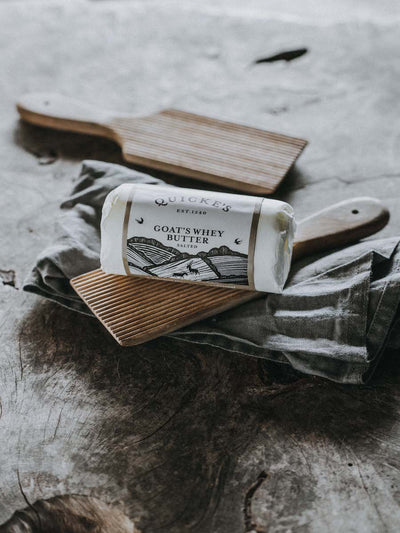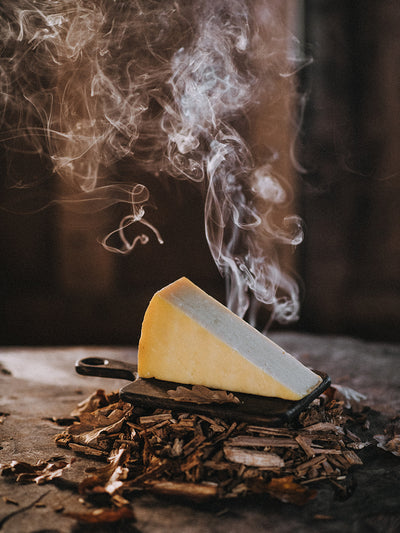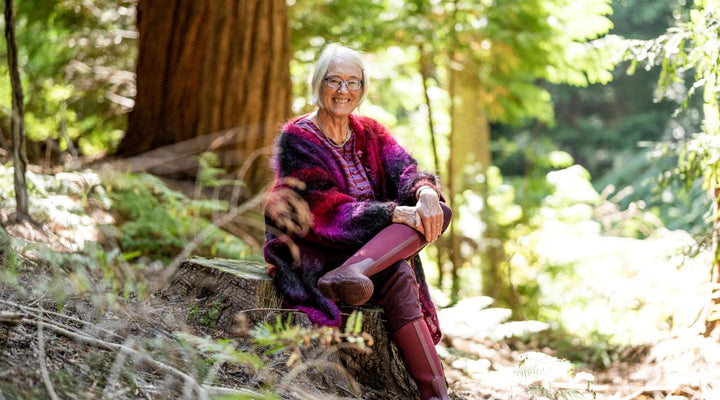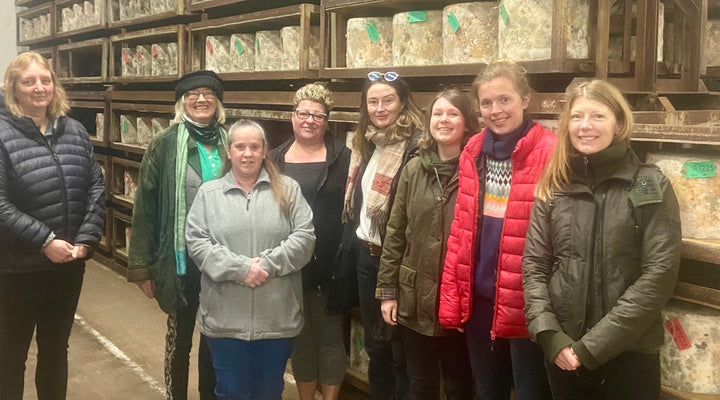Nature
The motor of spring is revving to the full, a deep-throated green roar. The landscape is full of more greens than you could shake a stick at. Apparently that is a problem for English artists. What do you do with all those greens everywhere. How can you make a composition? In our patch of green, in amongst the trees, the ravens are thriving, their primeval croaking sounding up and down the valley. Lots of other birds' eggs and chicks are dinner for their hungry chicks. Buzzards and ravens wheel in aerial combat, and buzzards seem to be losing the fight to protect their nests. Not long ago, ravens were rare, a secret to be proud of. They are too widespread and noisy to keep themselves secret now.
The early spring flowers are gone as the year rolls on. Now the breathtaking beauty of the may, hawthorn flowers, fills the landscape, and the hedges blossom with a riot of flowers. Our Devon hedgebanks are such rich habitat supporting so many creatures. Although they are going crazy, unless they make the roads unsafe, we cannot cut them till September.
Arable
The wheat and barley are all developing their flowers, barley starting to push their green flowers out that fill and dry to become ears. The wheat is pushing its embryo ear up the growing stem. Will the dry spring keep the moulds off (more food for the ear) or impede growth (less grain). We look at the fields, wondering, knowing it makes no difference to the yield or the weather. We sowed the spring beans in perfect weather, and hope they'll get a little rain (and not so much we wish for dry weather). The maize comes up, bare earth to leaves joining in the rows soon, harvesting the summer sun for winter feed.
Cows
The spring was so early we made silage in April on the fertile valley cow grazing. In May, we will cut silage up on the hill. We are experimenting with chicory in the drier pastures on the hill. We hope their deep roots will bring up minerals and sustain the cows through the dry times. The clover looks happy. The pasture is already starting to improve the soil, and years of cropping reduce organic matter which will take a while to restore under grass.
The calves and heifers are exploring the outer reaches of the farm. It is extraordinary how fast they are growing on the rich grass alone. They are putting on around three pounds a day, compensatory growth after the rigours of winter, and getting some of the the best views on the farm along the way.
The spring calved cows are all getting very frisky. We start bulling them in the middle of May, and by the beginning of June we hope to have got almost all in calf. Till then it's frolics all round as one sixth of the herd at any one time get flirty, demanding then rock on determined. At this stage, they get the AI man's arm up the back passage and a syringe of the good stuff in the appropriate place. Get stopped, as a farmer would say, if they get pregnant and stop cycling, the calf and next lactation on the way. At the same time, the cows are enjoying the spring grass in all its glory and producing some lovely milk for cheese. We mix the richer milk from the autumn cows and the milk from the spring cows to make a perfect balance.
Dairy
In the cheese dairy, the vats are full with milk, and it is hard work turning it all into cheese. The weather gets hotter, the vats and coolers are full of steaming milk and warm curd. First thing, we start the new day's make with starter and rennet. Then we deal with the last three days' make in the press, washing yesterday's cheese, greasing and clothing the day before's and bumping out of the moulds the three day old cheese. Off it goes to the store, each one to be flipped weekly as light relief after making today's cheese all morning.
Cheese
Then for a year and more, the cheese sits in the store, developing a mould garden on the rind, and maturing differentially with lower moisture towards the rind. We taste each vat at three months and twelve months to see how the flavours are unfolding, working out how it will mature and who would like each vat best. Grading day is a glorious endurance test, tasting eighty vats or so.
Mary

